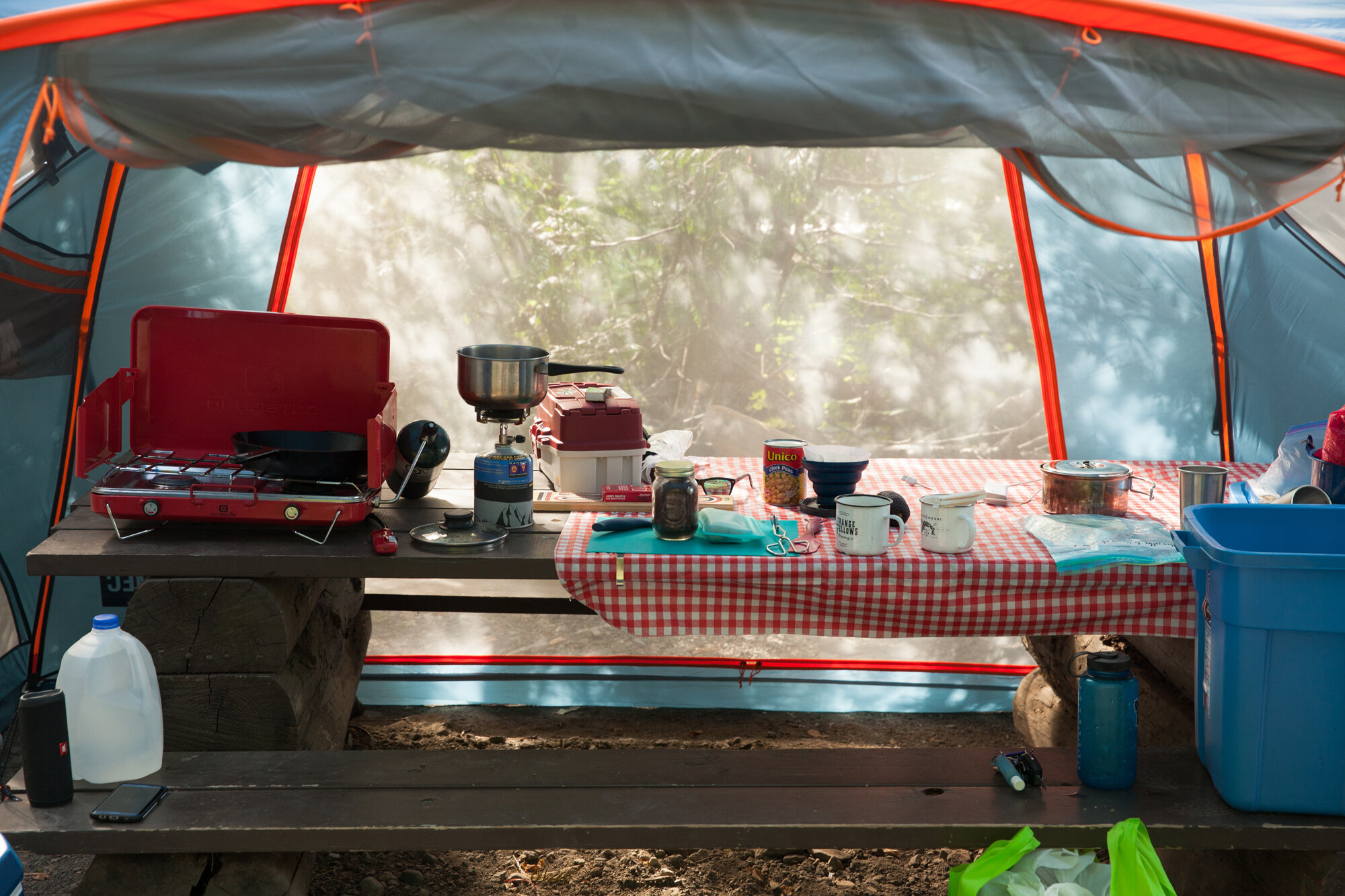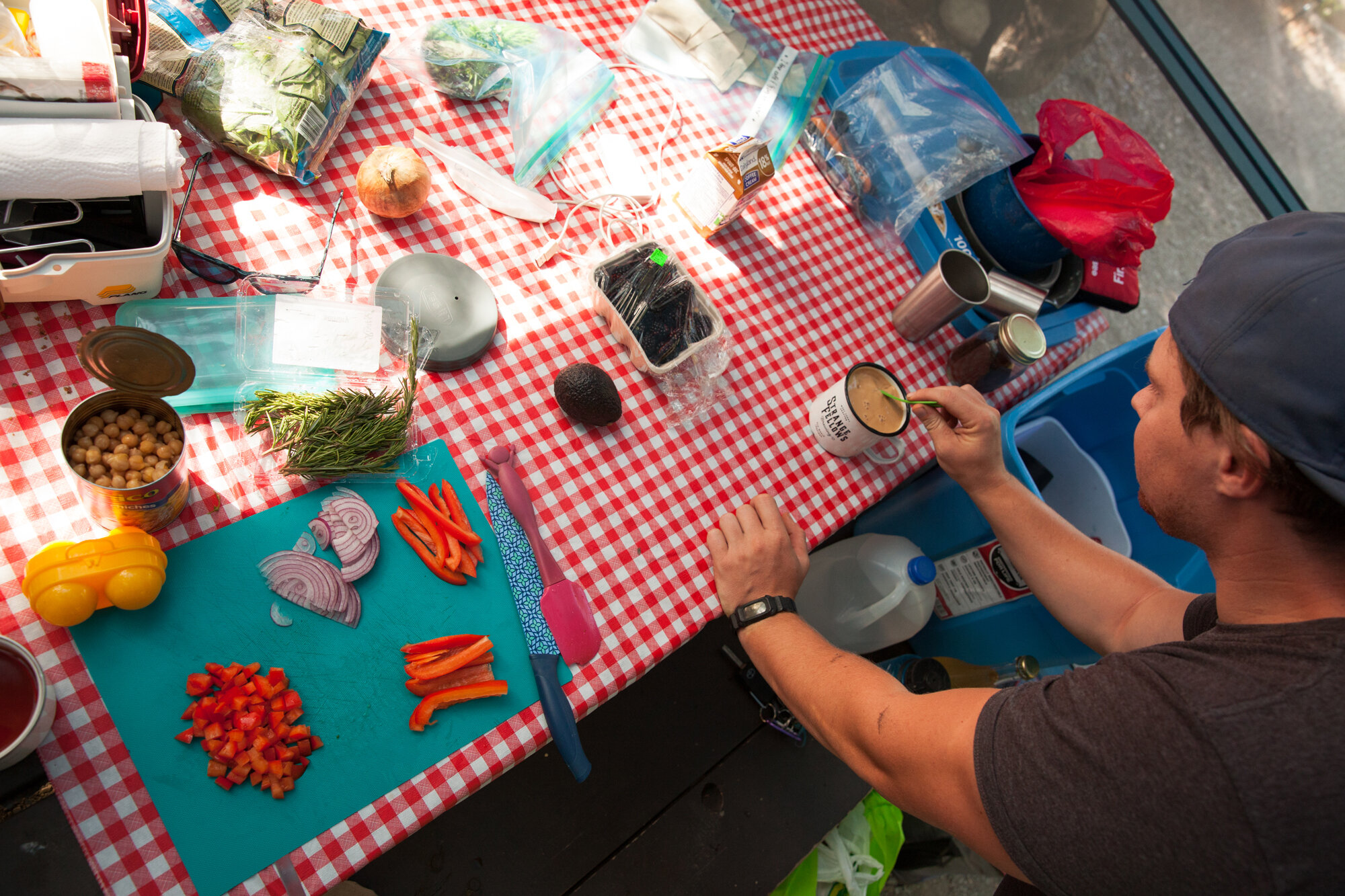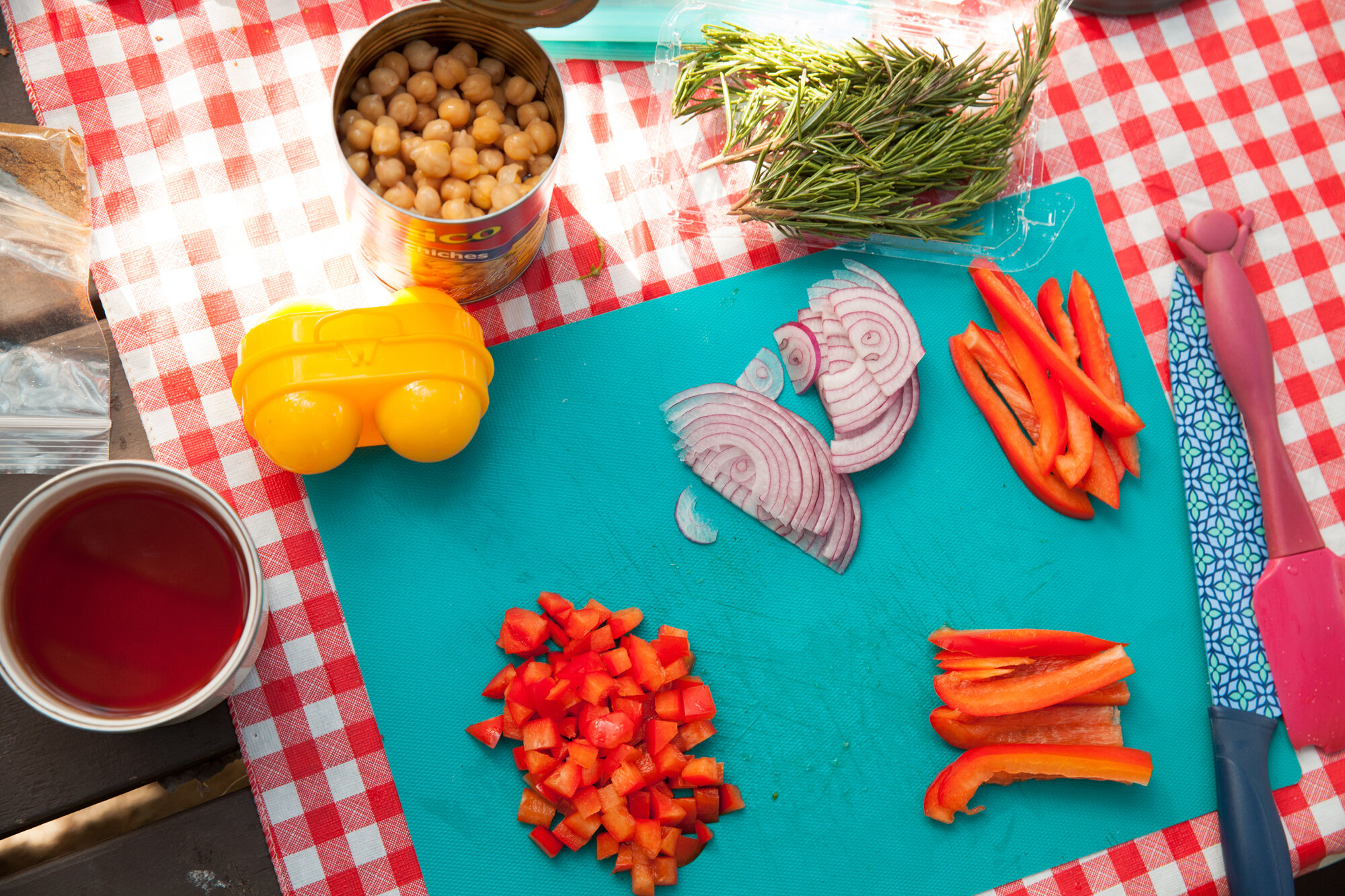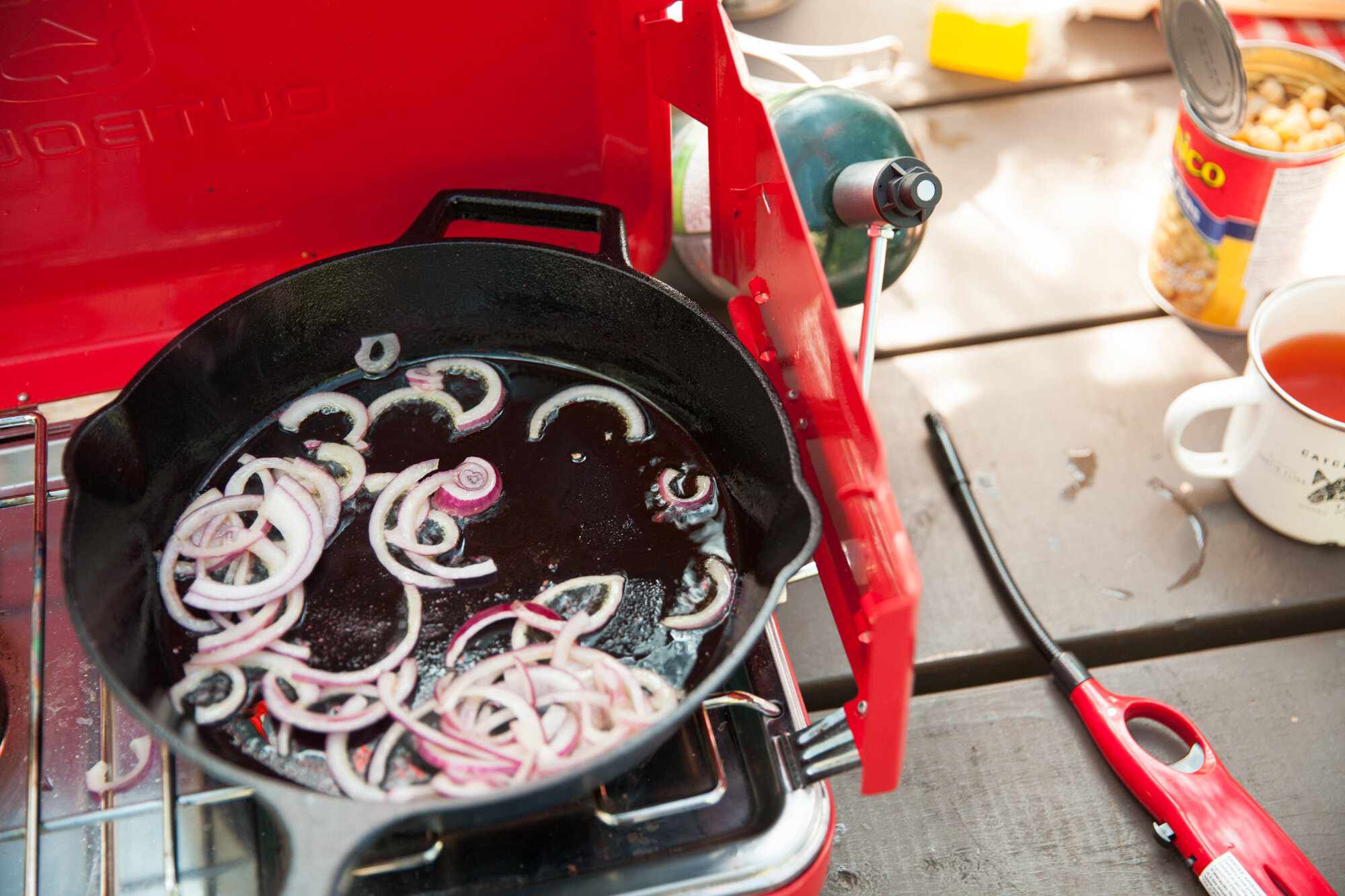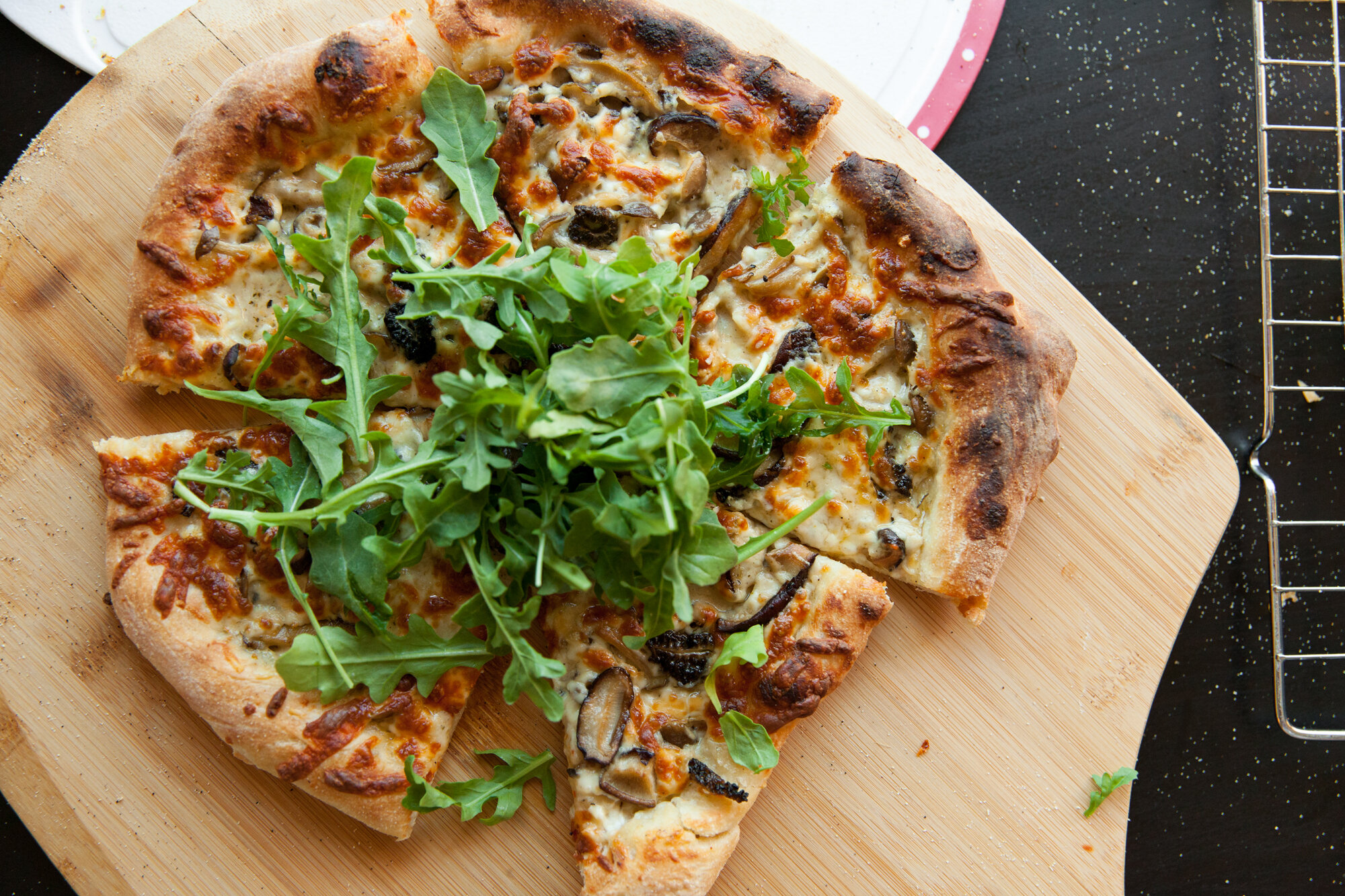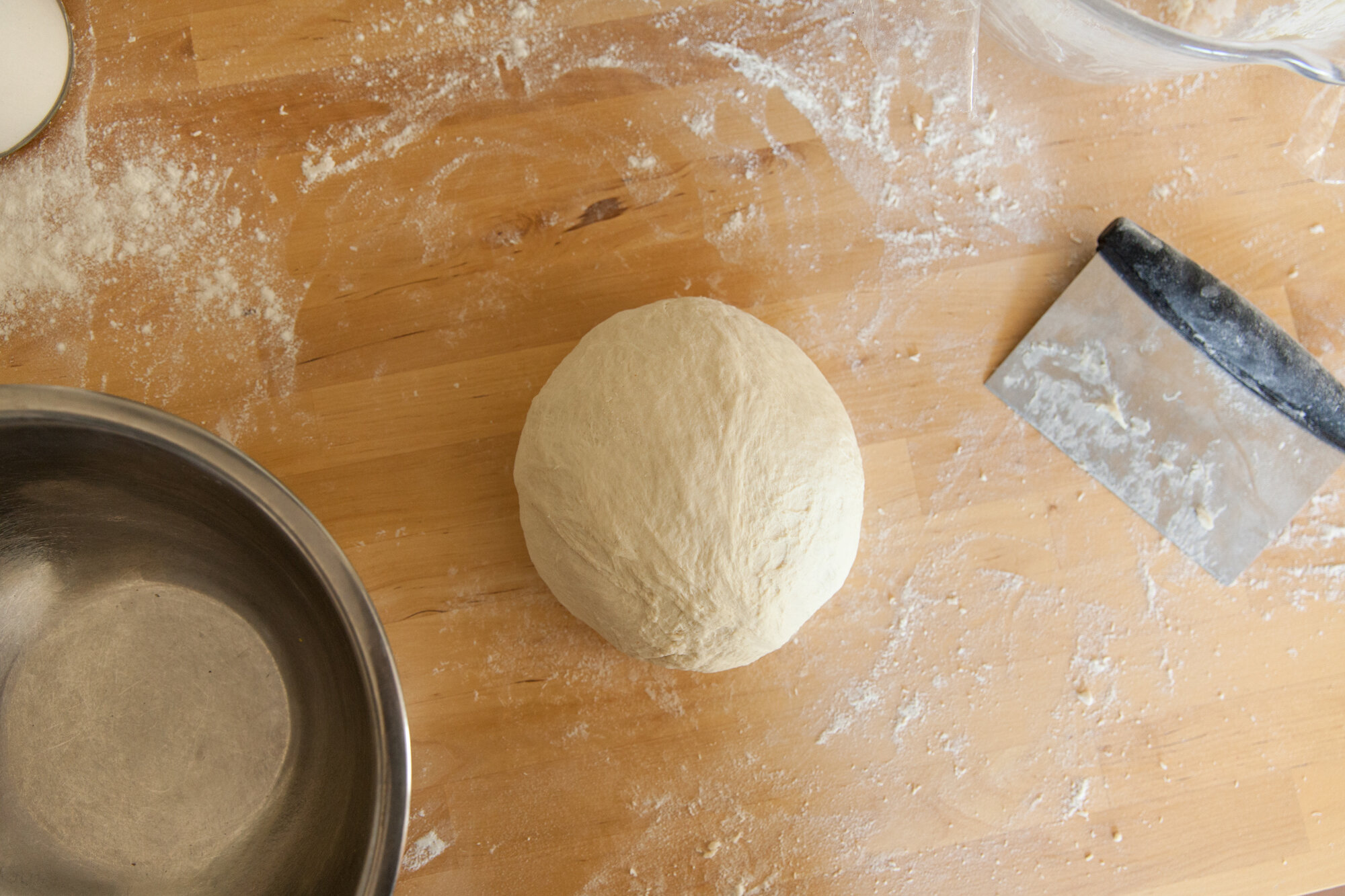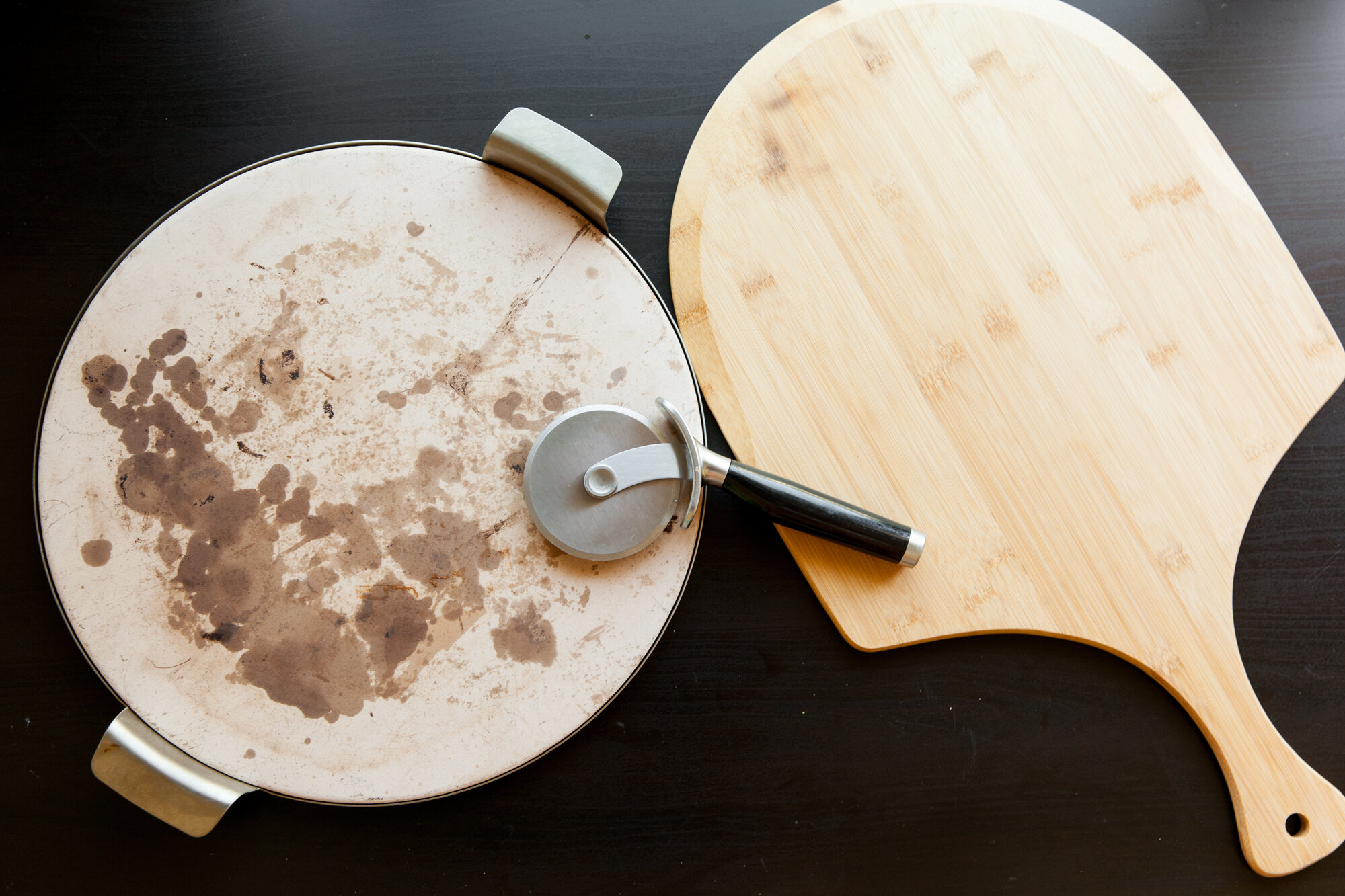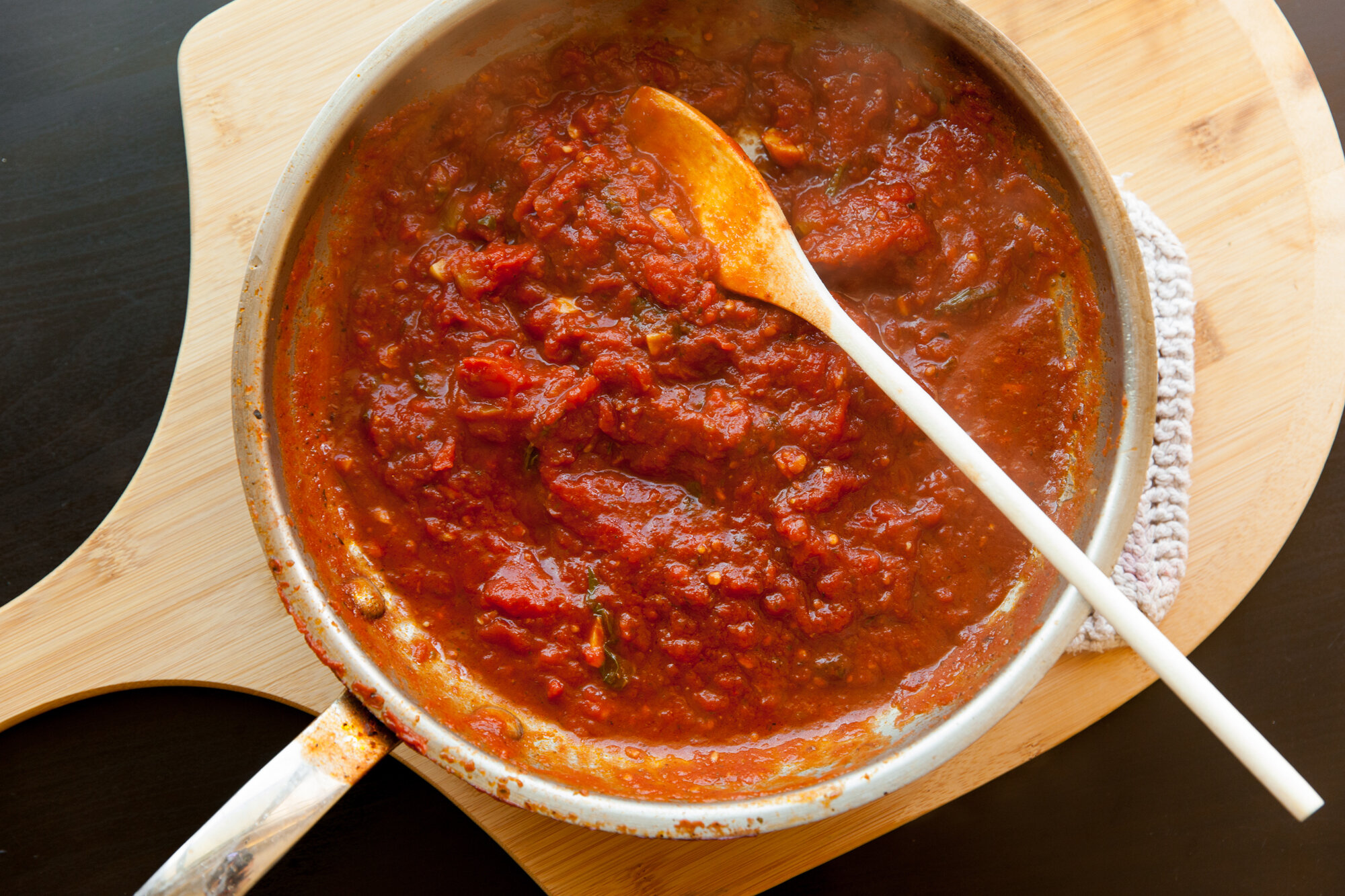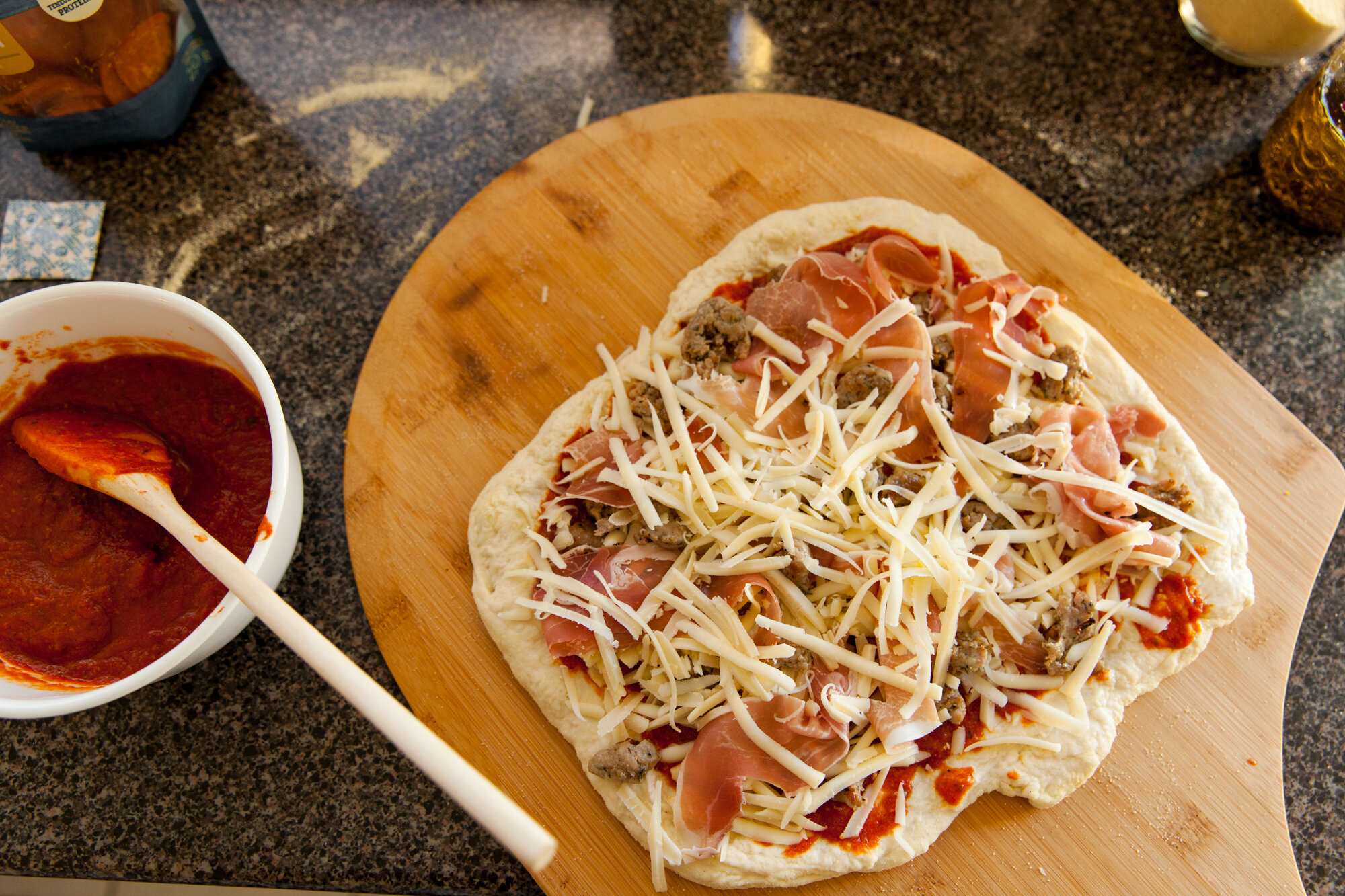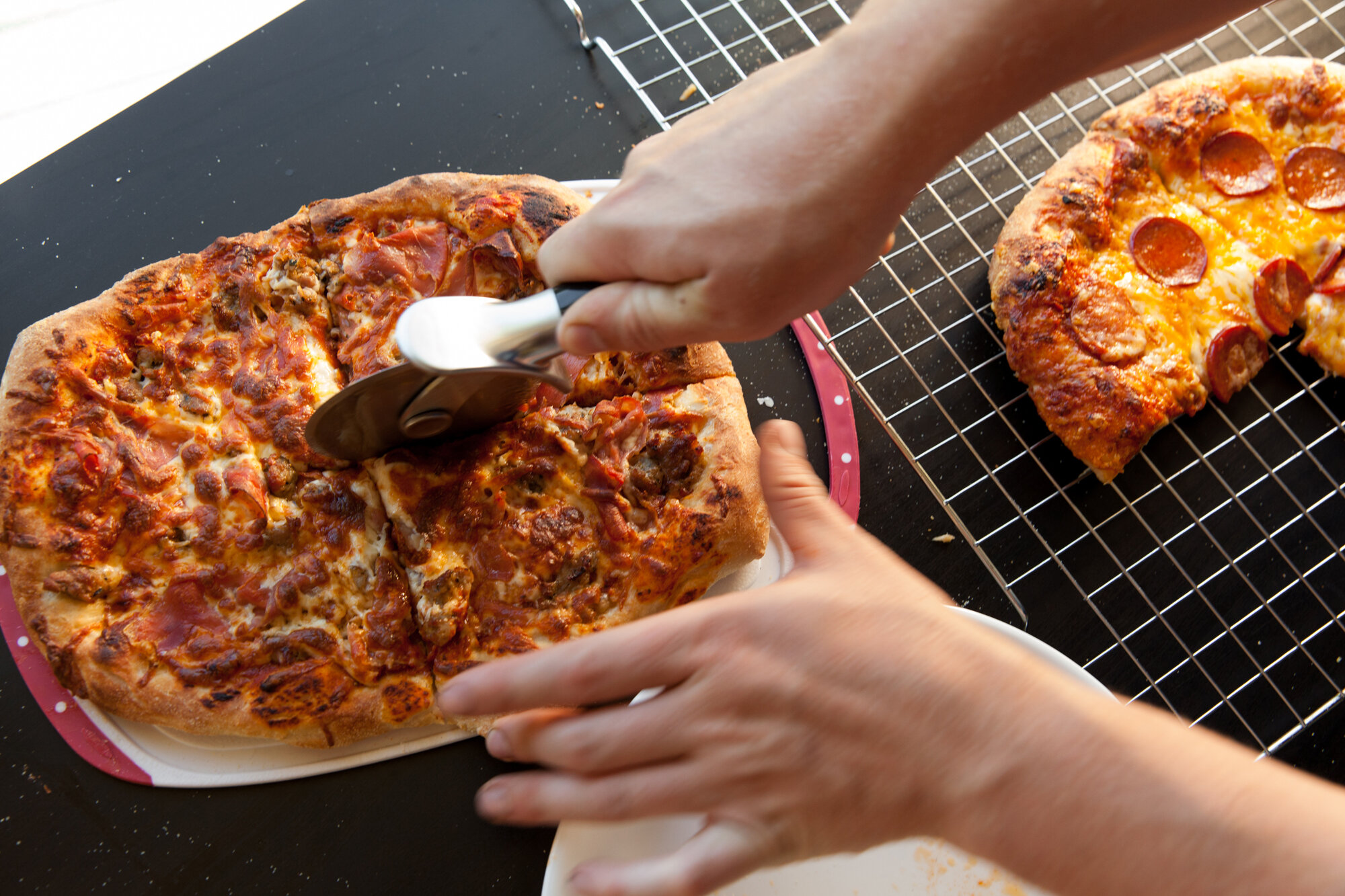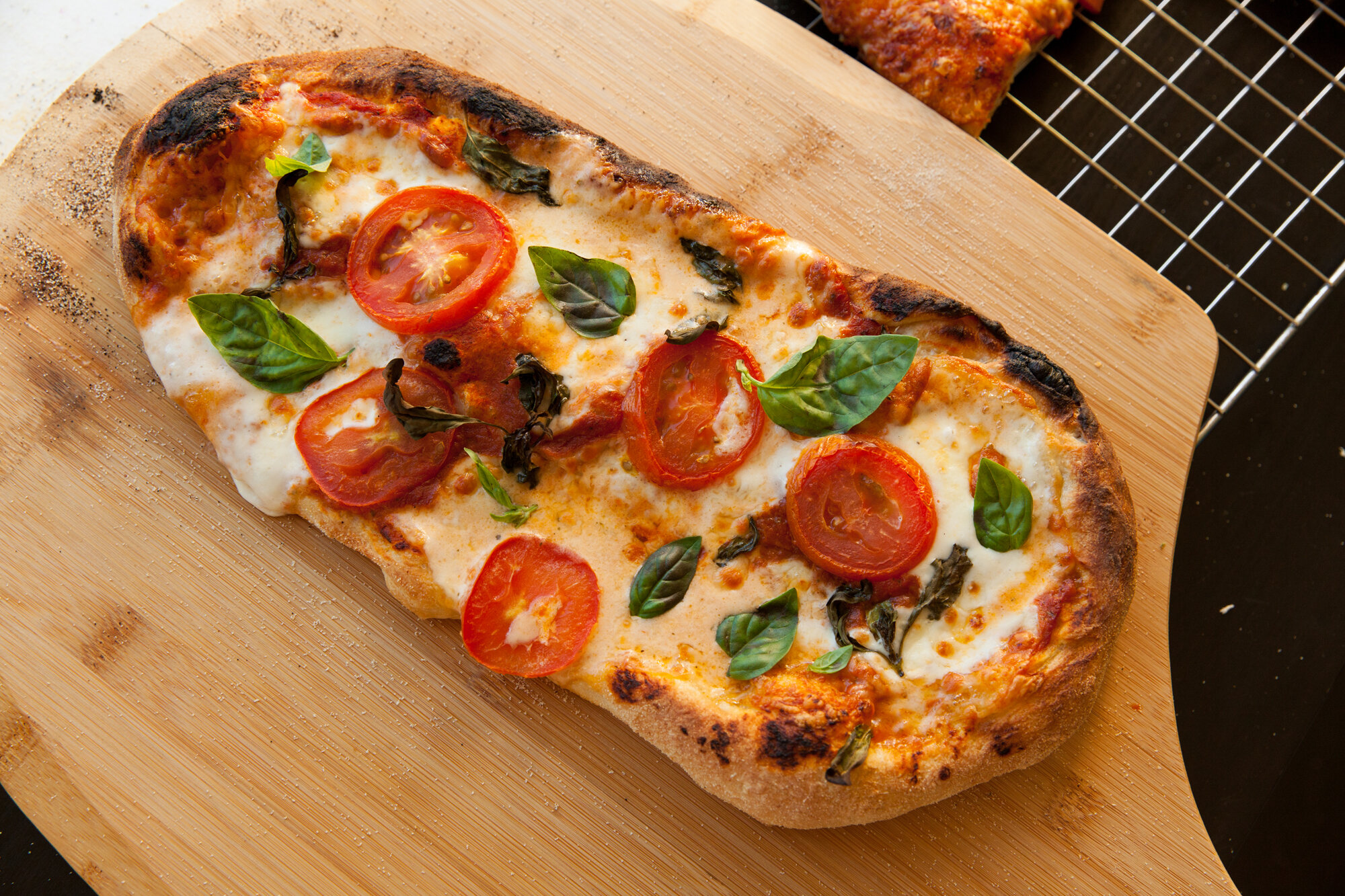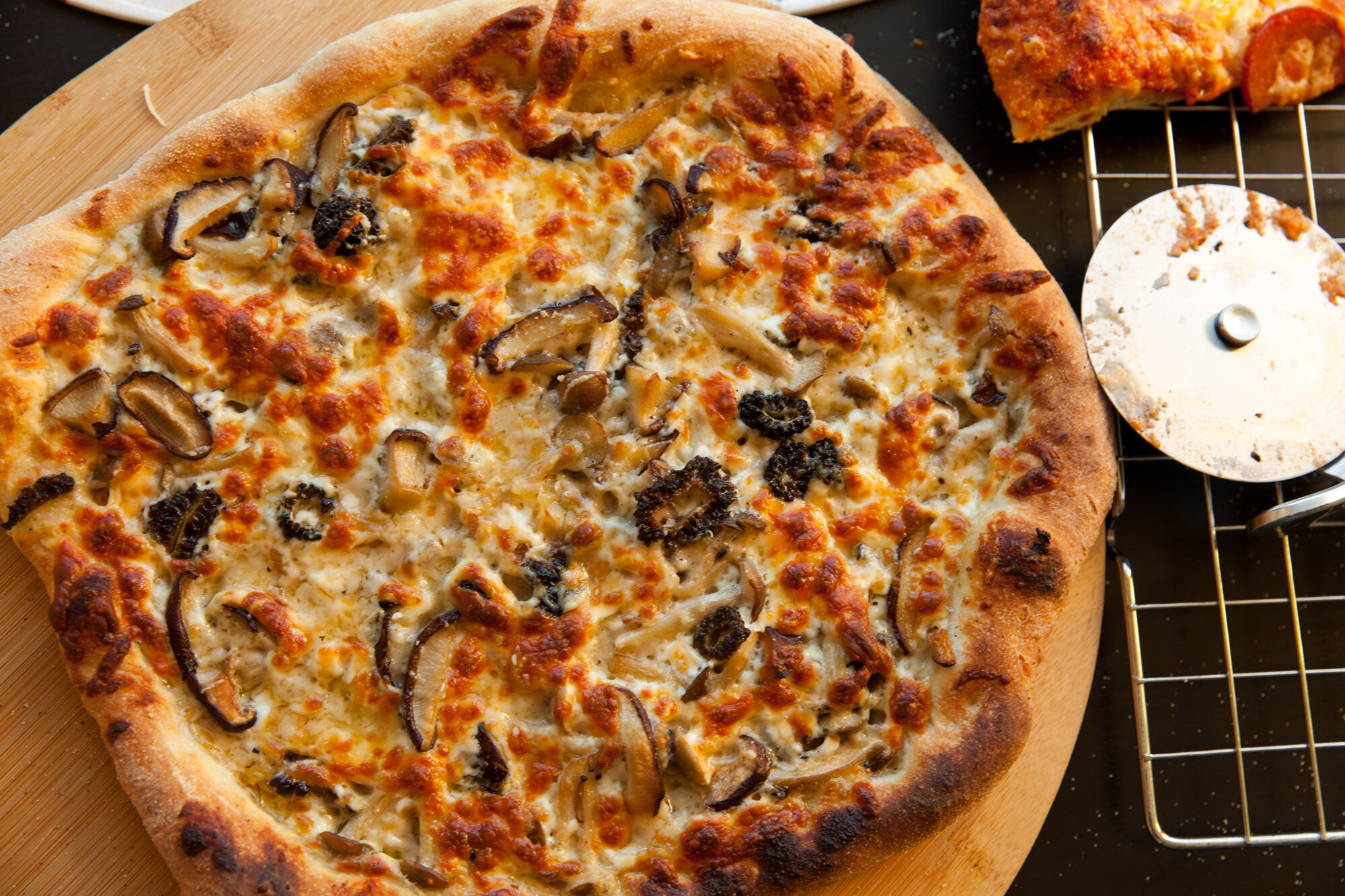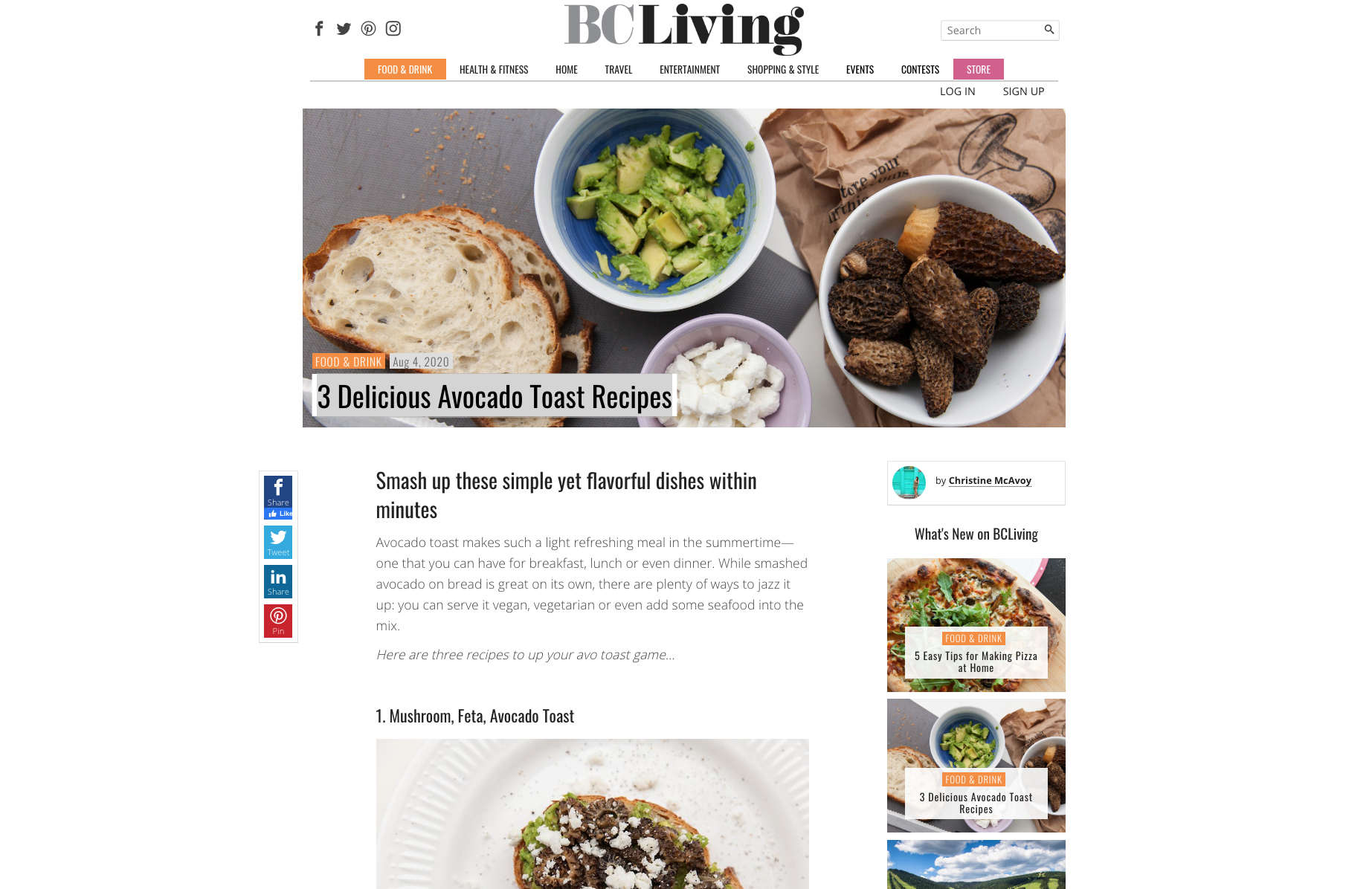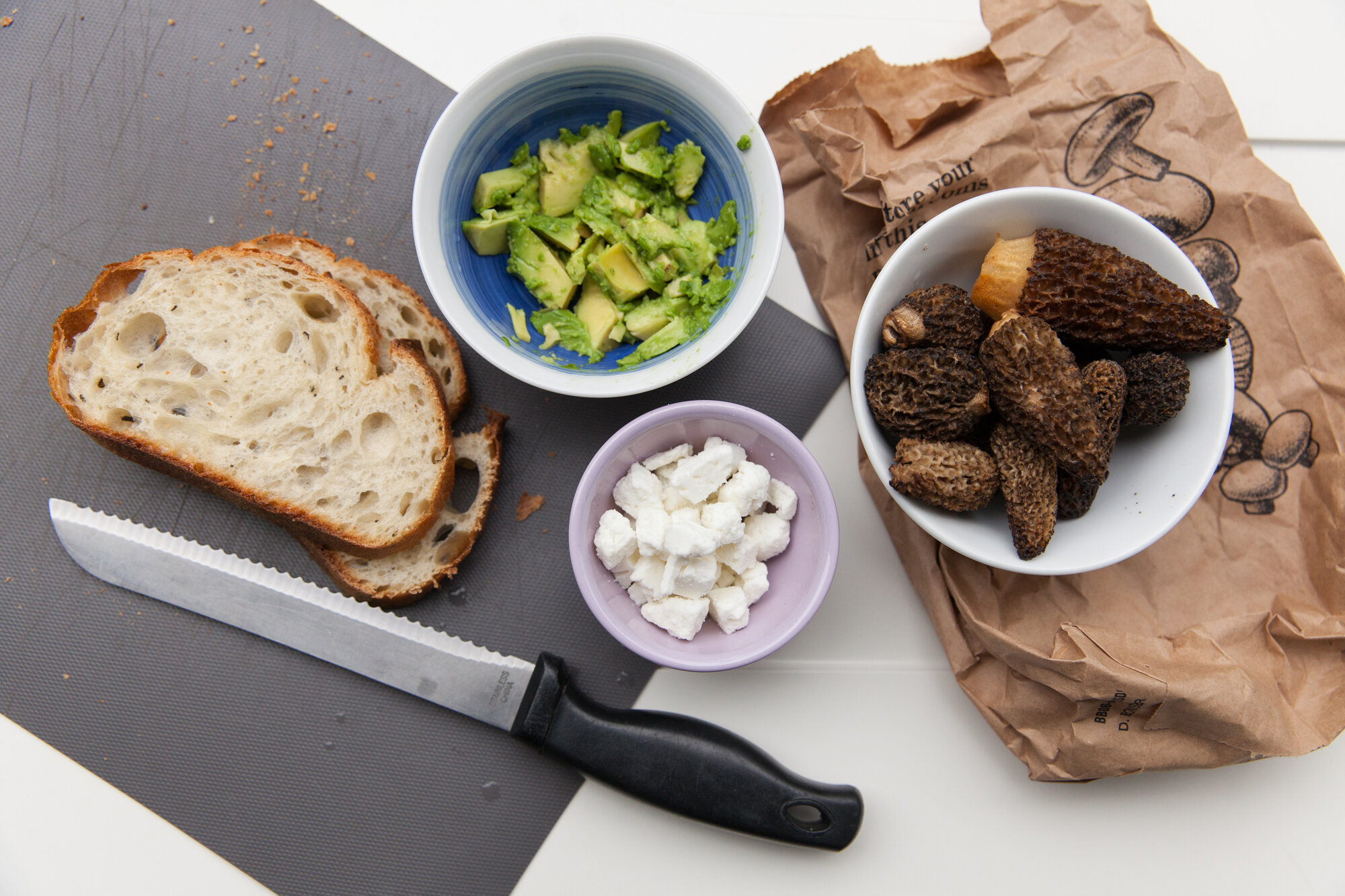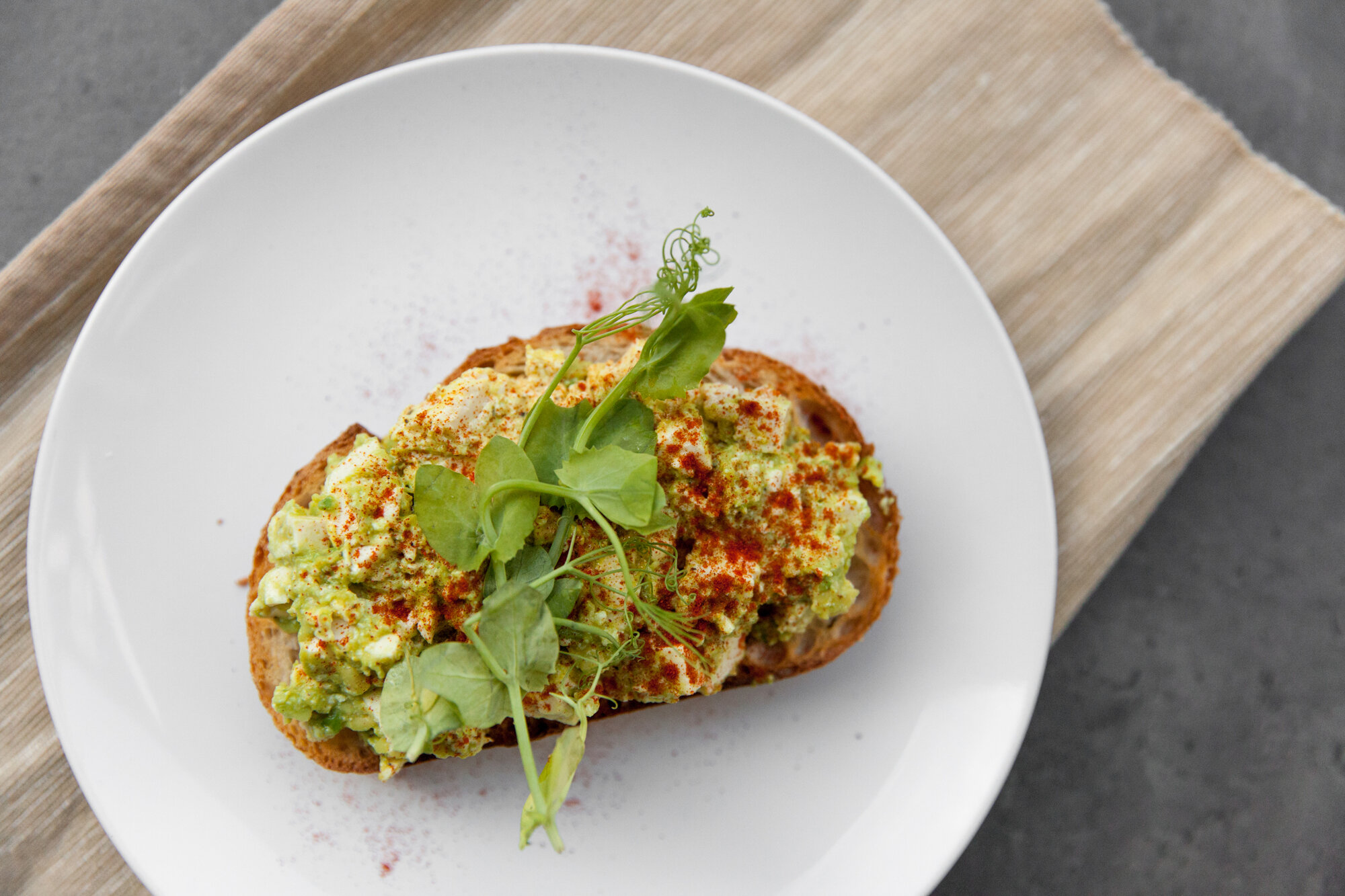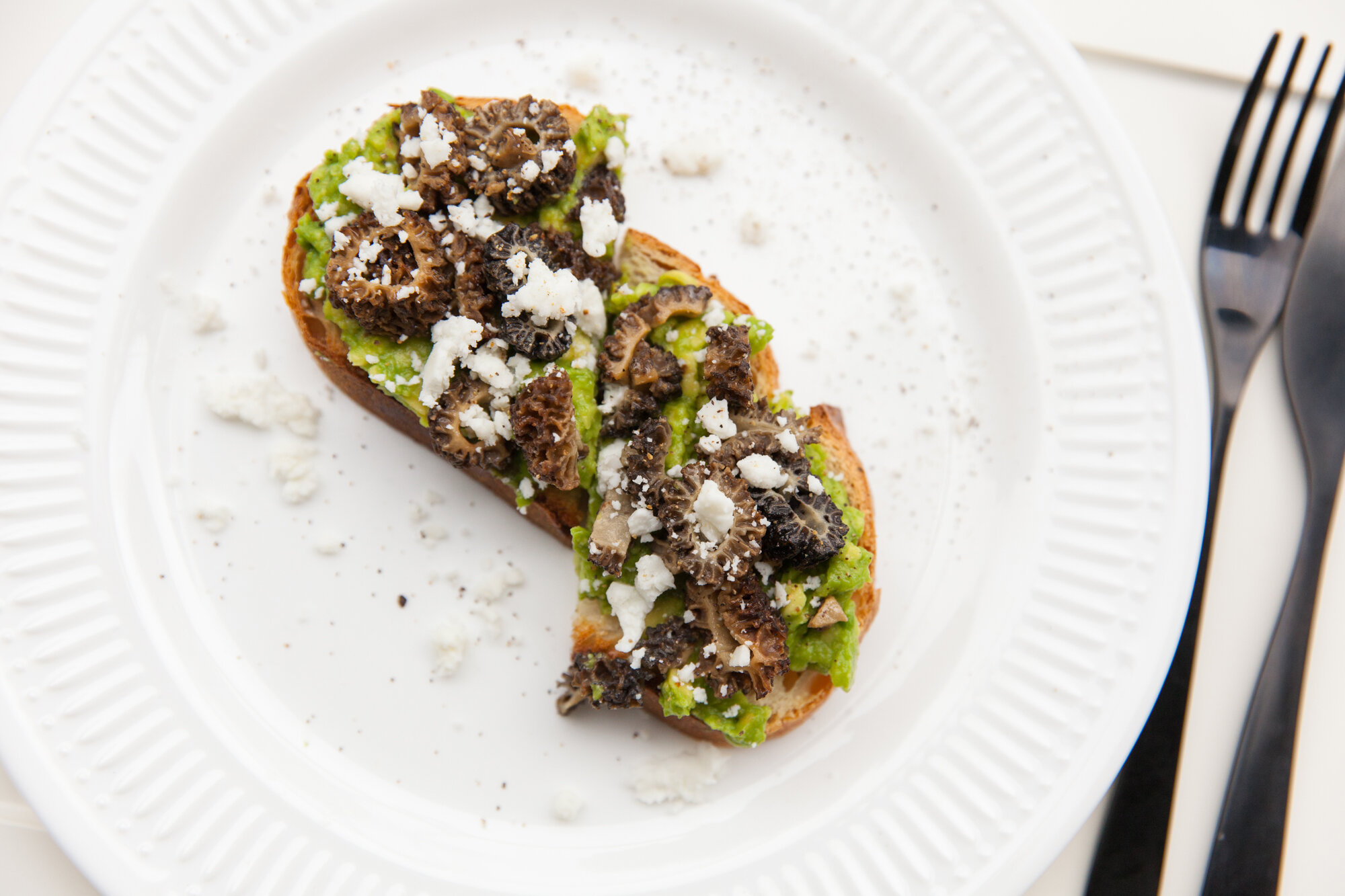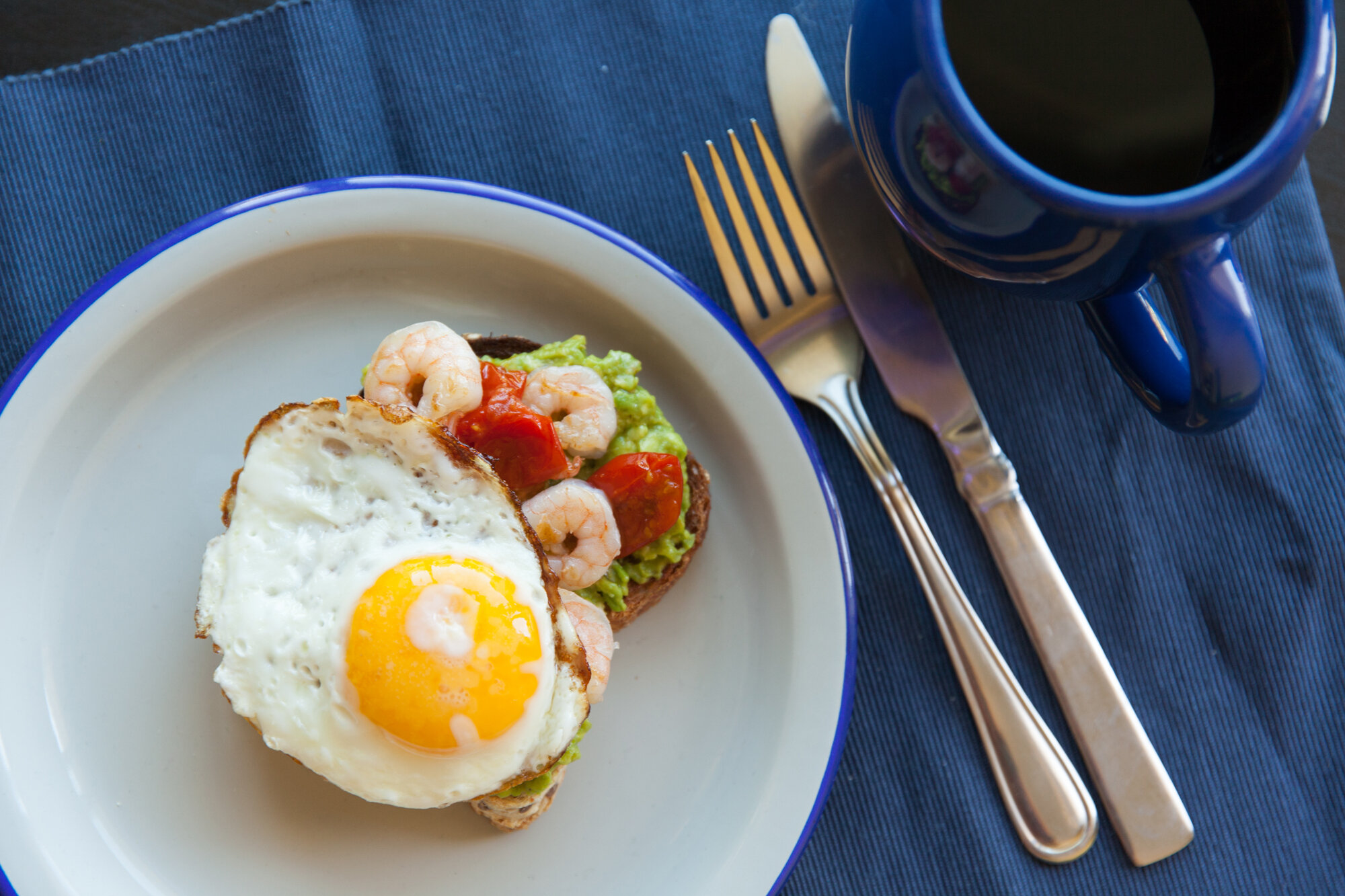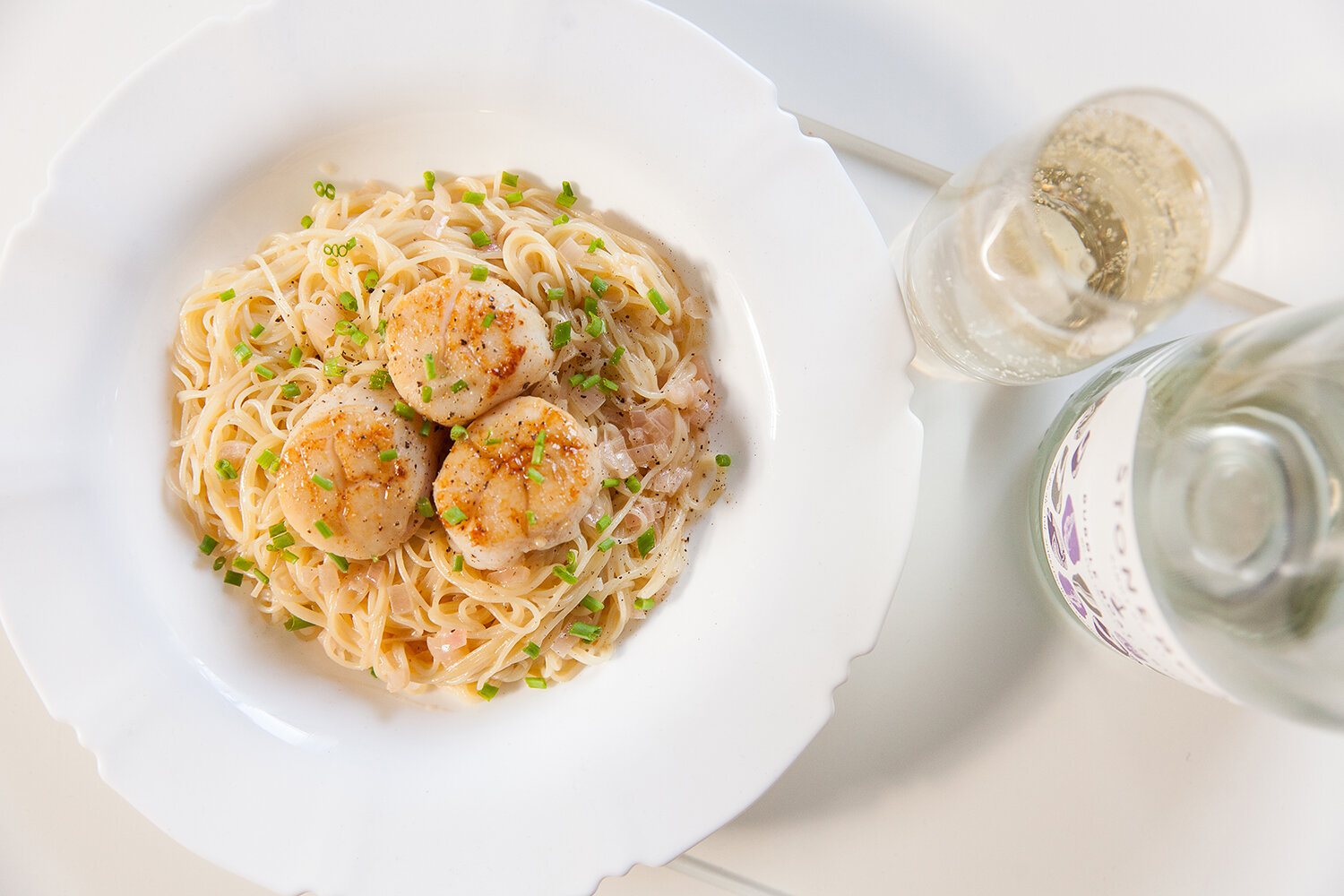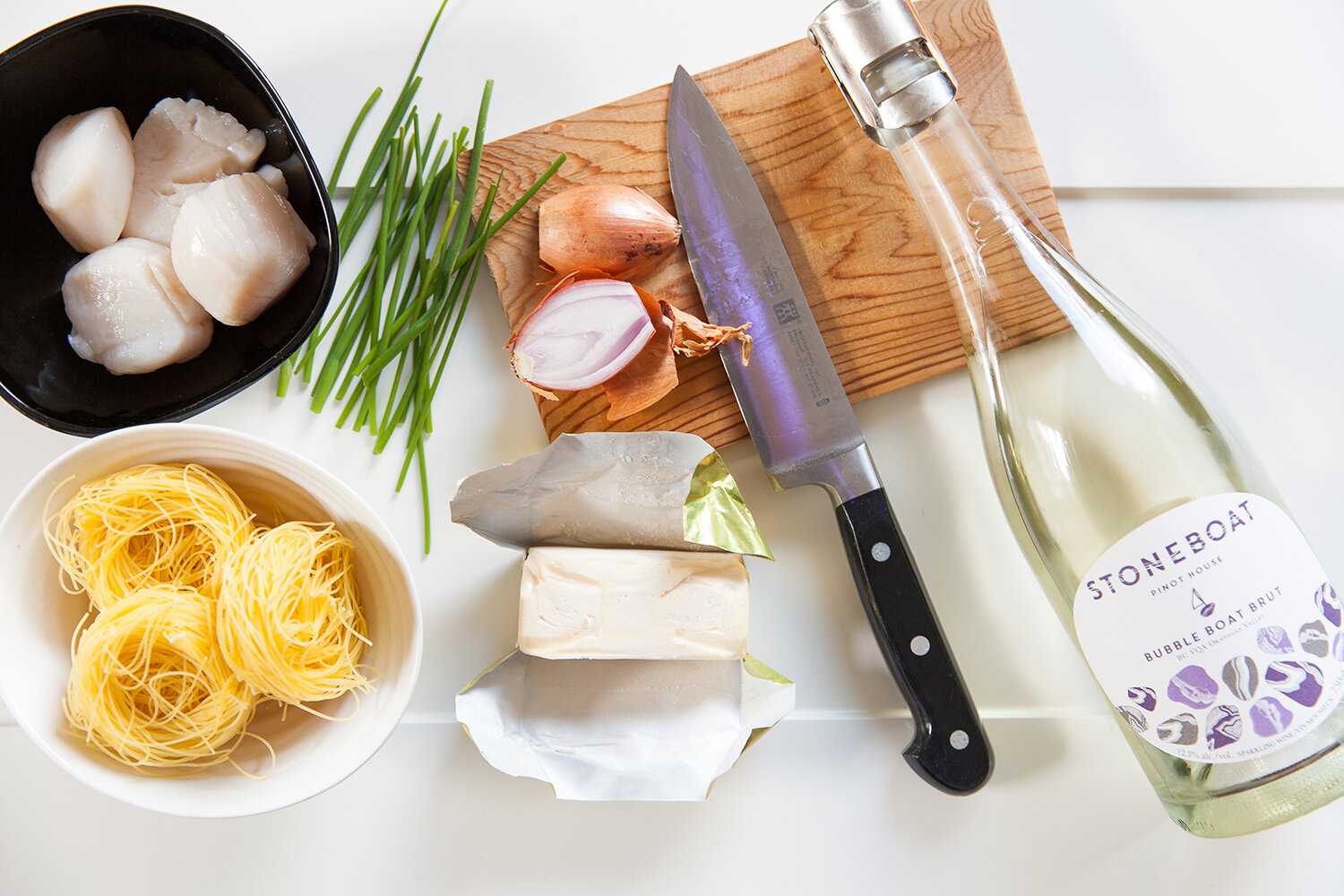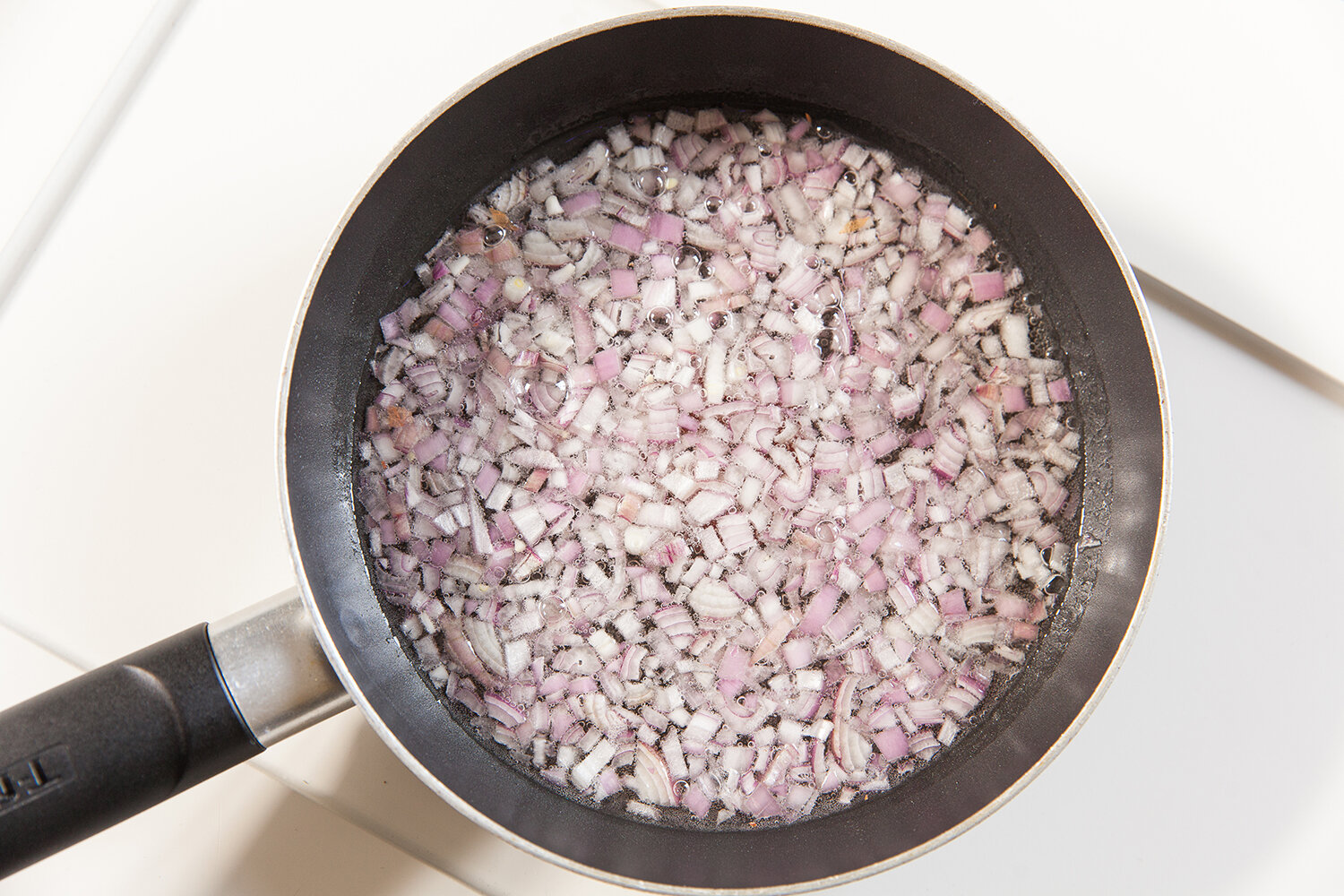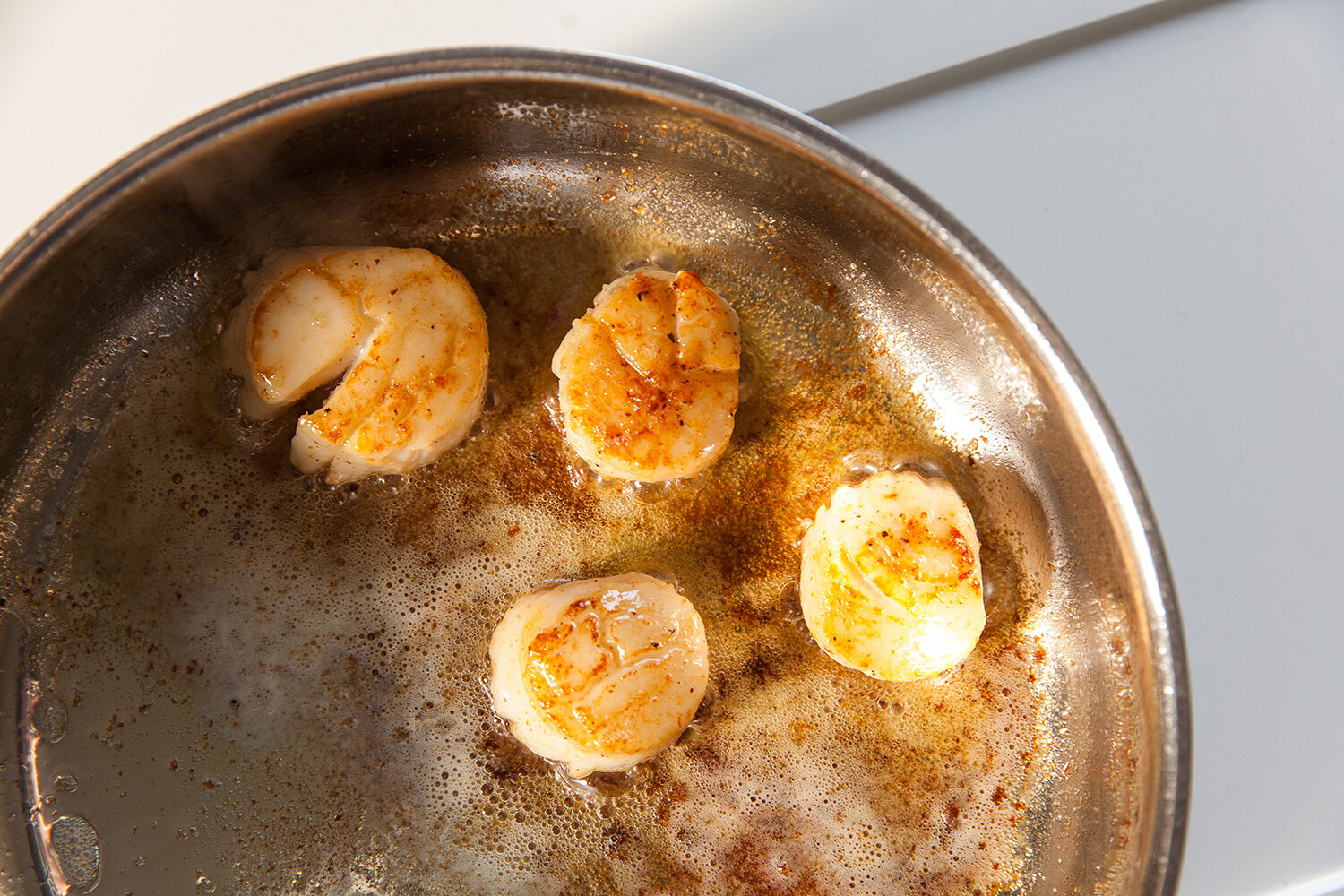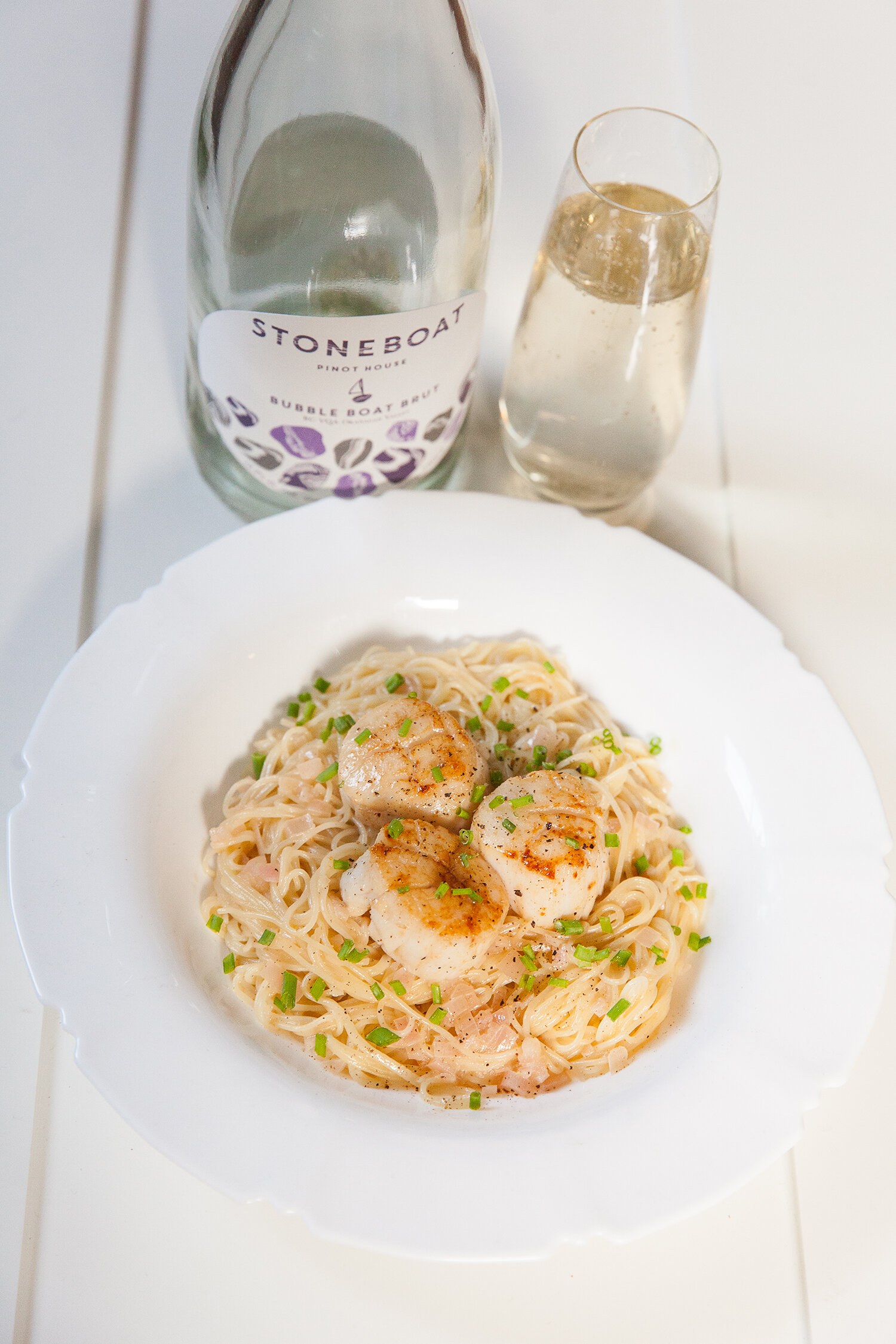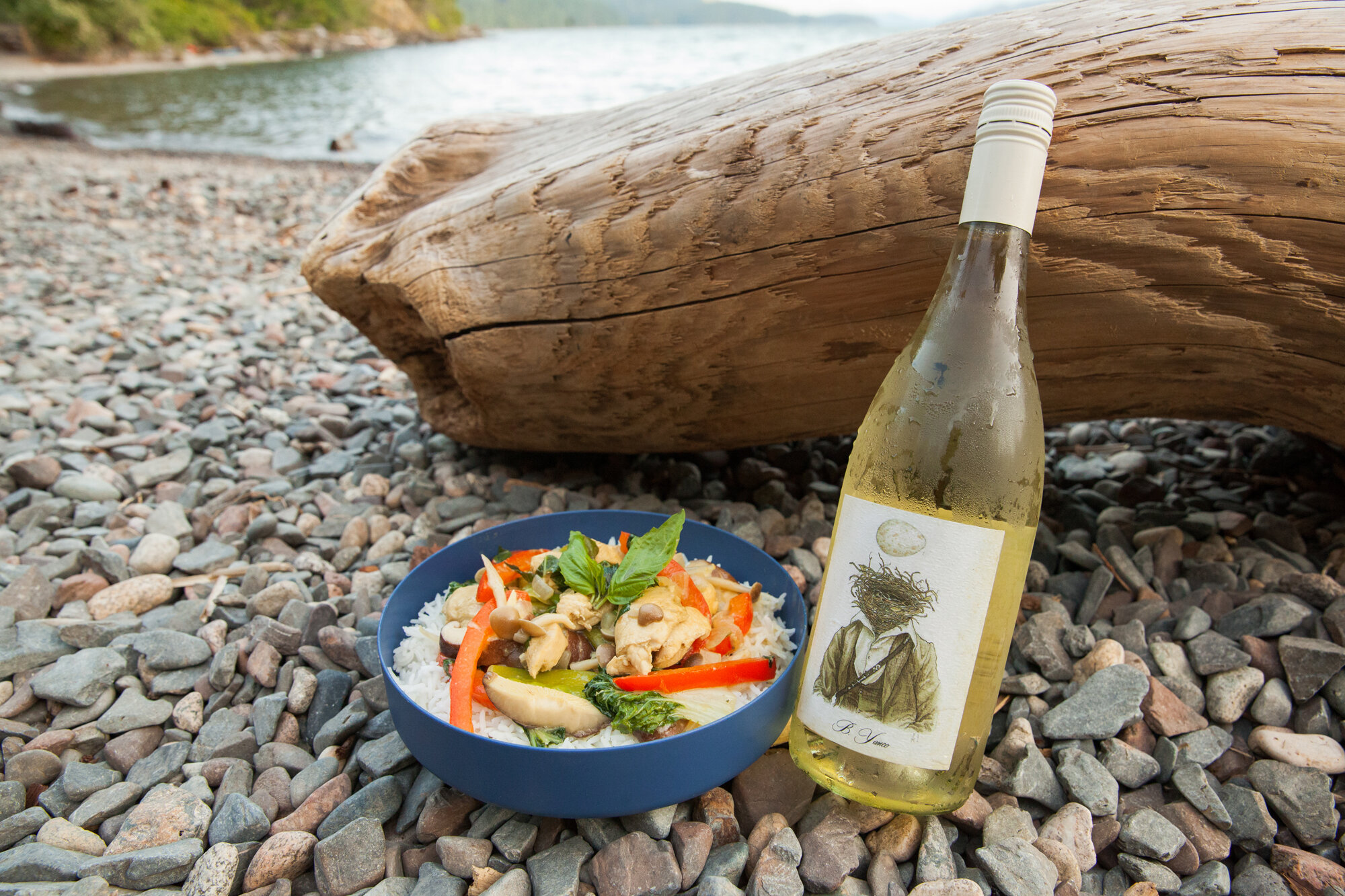
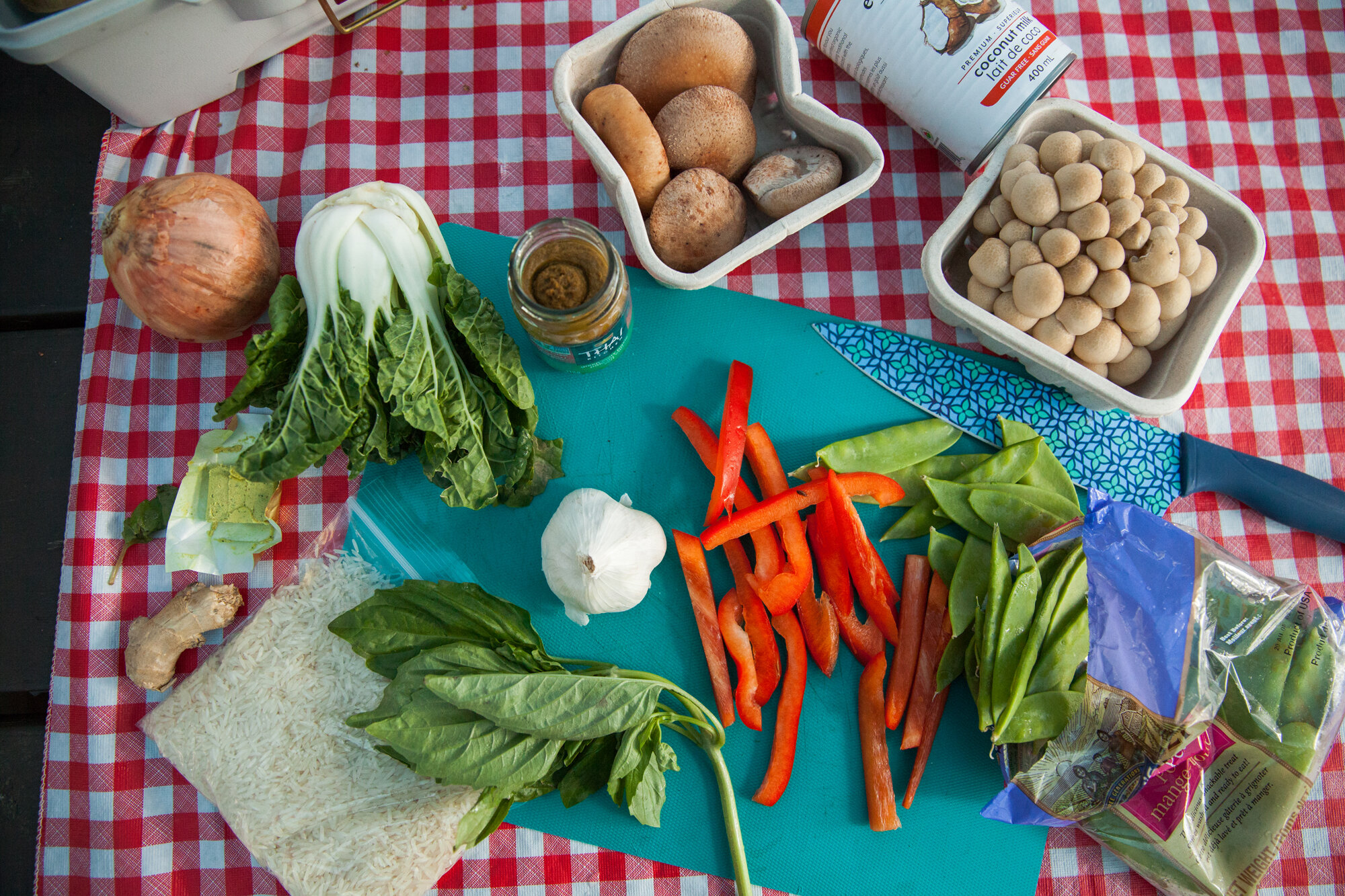

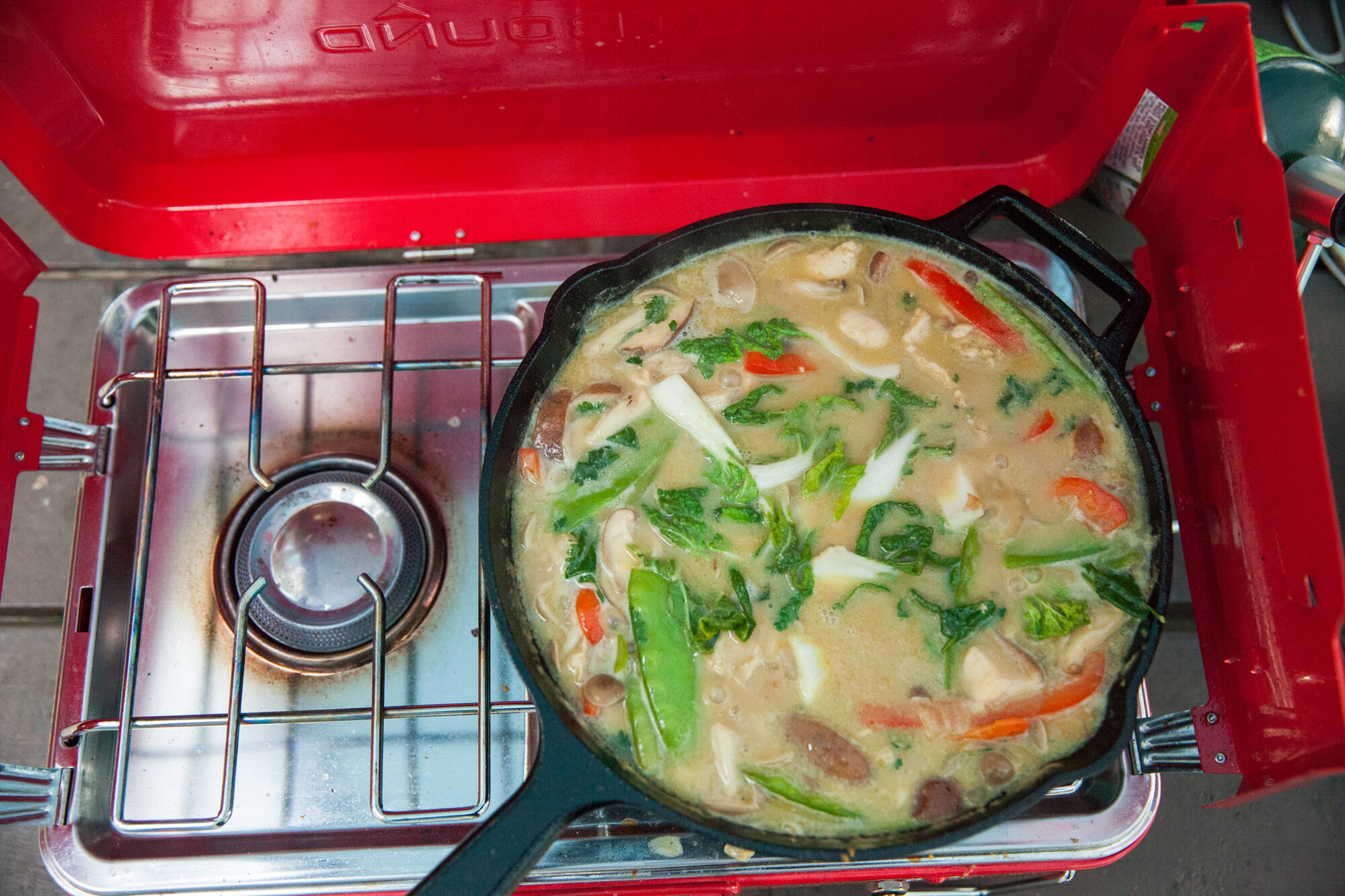
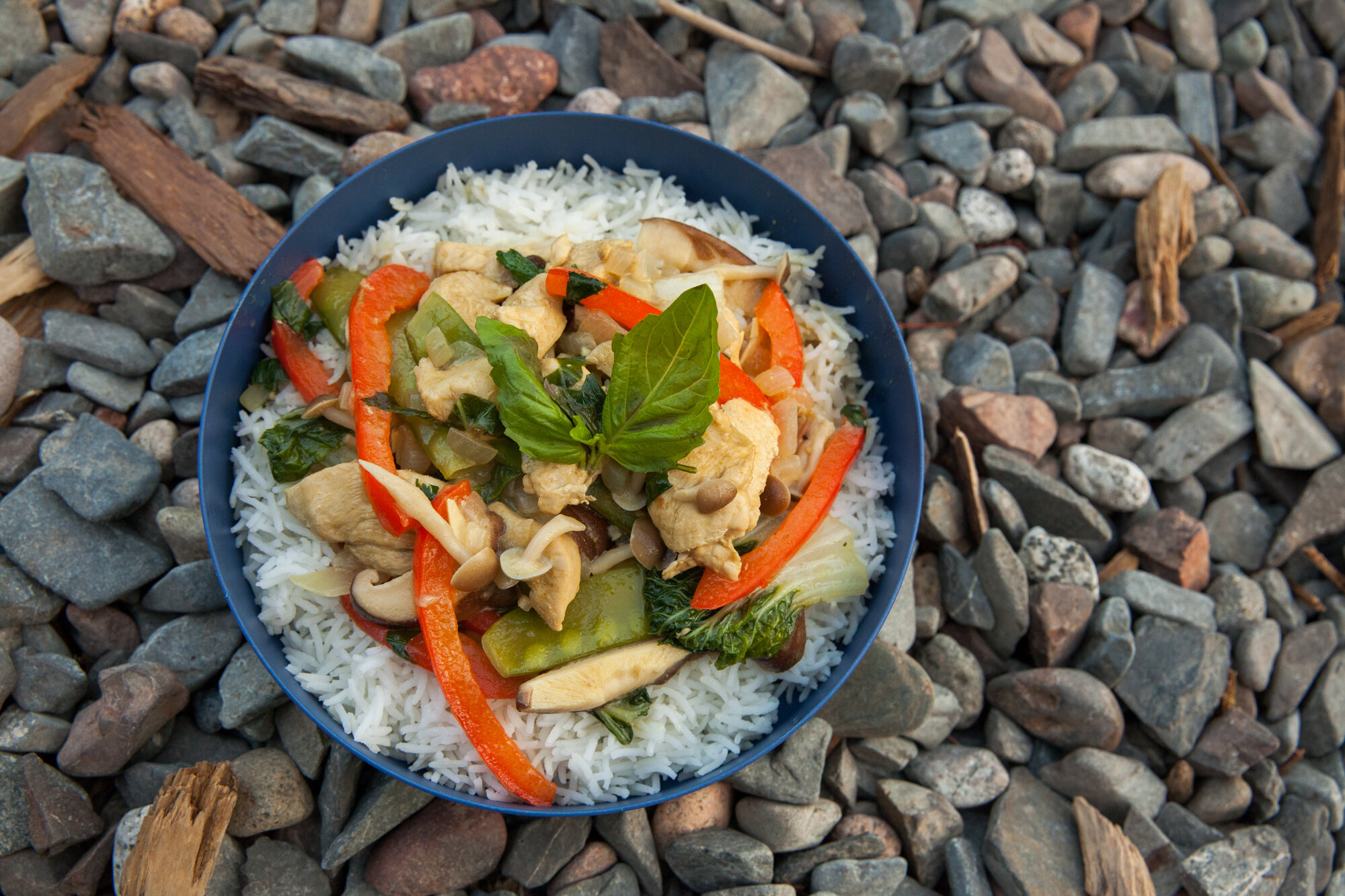
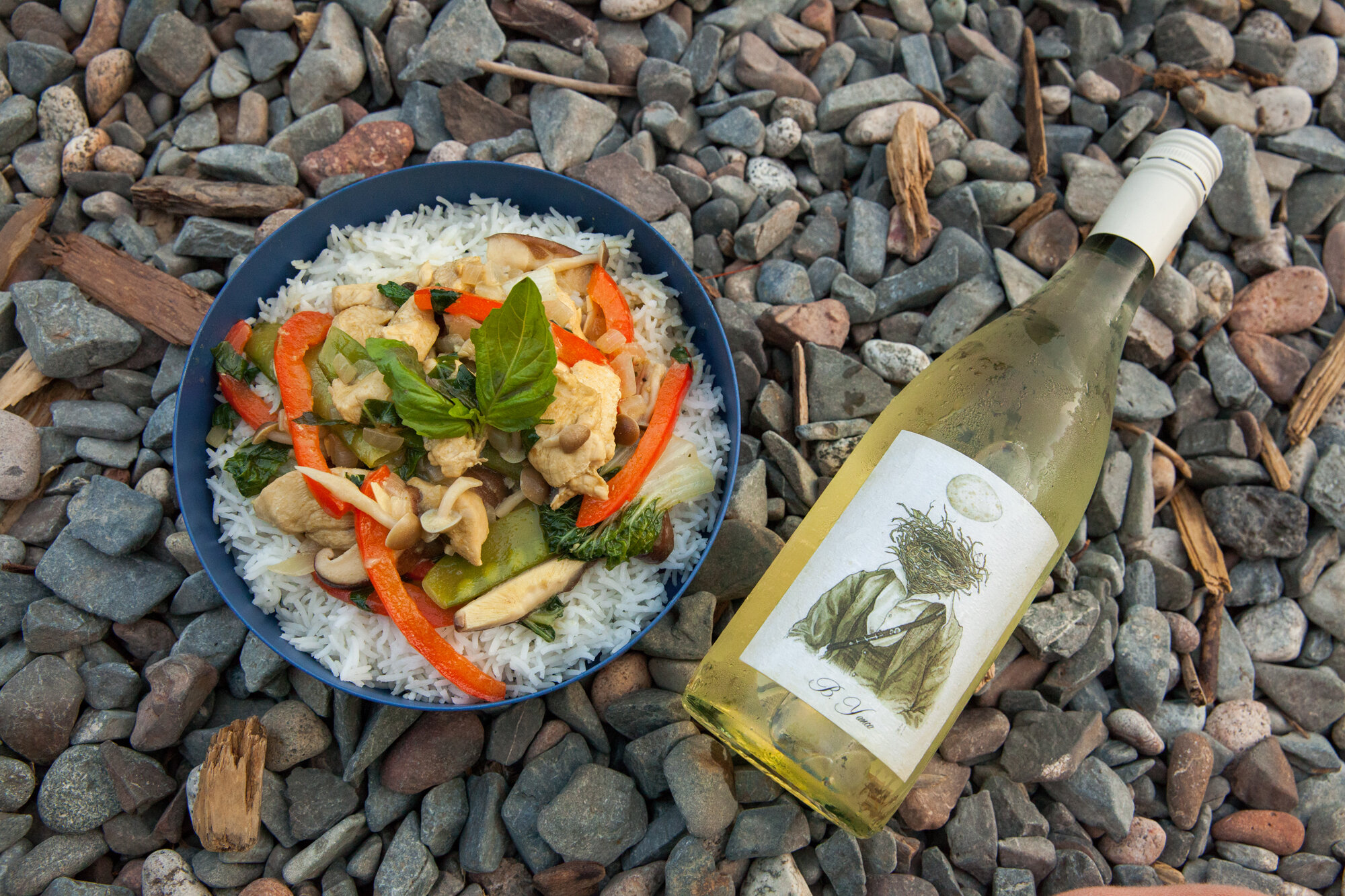
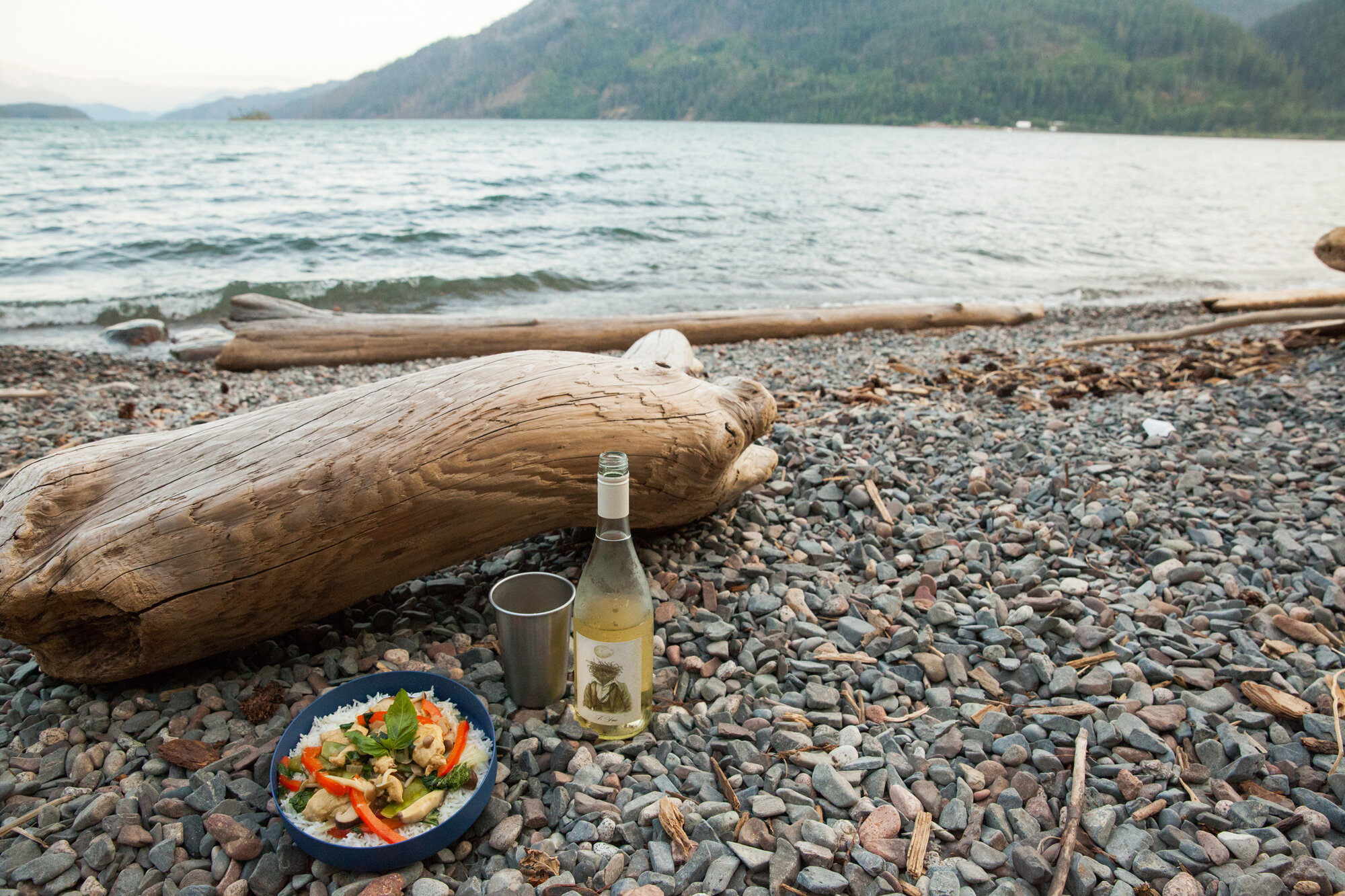
I wrote a few recipes for BC Living from when I went camping on the August long weekend (at Twenty Mile Bay) - Gourmet Camping Recipes for Your Next Camping Trip.
Some of them are long, so I figured I’d break each of them down into their own posts (means extra photos too!) - the first being Jackfruit Tacos (click for recipe), followed by breakfast with a Chickpea & Potato Breakfast Hash (recipe for that here), and finally we have Green Curry.
You can 100% make this at home (any of them really), but a lot of the tips are for how to prep before you leave, and minimize effort at the campsite.
“Skip the roasted weenies and indulge in these easy-to-make camping recipes! These dishes might look fancy, but much of the prep work can be done at home (and then frozen), and all of them can be done on a camp stove if there's a fire ban. Oh, and they can also all be made vegan!
So make your grocery list, get shopping and start prepping these delicious and nutritious camping meals...”
Green Curry with Ginger Rice (paired with The Hatch 2019 B. Yanco)
While this may sound way too fancy for a camping meal, it’s essentially a one-pot production that you barely have to monitor. The second pot comes into play if you want to make your rice fresh at the site, but you could make it ahead of time at home and just mix it right into the curry.
Another good thing about this dish is that if there is leftover veg from breakfast (think onion, peppers, potatoes, etc.), you can toss them right in here. No waste and you can chop everything in the morning, meaning more time on the beach.
Once again, this can be made vegan by eliminating the chicken (which I diced and froze ahead of time so by night two it was ready to go and I didn’t have to handle raw chicken on site), or substituting in some tofu, as the rest of it is just veggies!
INGREDIENTS
1 tbsp olive oil
1 can coconut milk
⅔ cup water (approx.)
1 vegetable bouillon cube
2 chicken breasts, diced
1 small onion, diced
2 cloves garlic, minced
2 tbsp (possibly more to taste) green curry paste
About 200 g of mushrooms (your choice, but I went with shimeji and shiitake)
½ red pepper, cut into strips
1 or 2 baby bok choy, roughly chopped (spinach works too)
About 20 snap peas, ends trimmed
Thumb of ginger (optional), sliced
1 cup jasmine rice
Basil, optional
INSTRUCTIONS
Cook the rice in a pot to the specifications on the package (adding in some optional ginger for flavour, removing after rice is finished) and set aside.
In a pan, heat the olive oil on medium and then add the onion, sautéing for a few minutes, before adding the garlic and the green curry paste.
Add in the chicken if you are using it and cook until just no longer pink.
Add the coconut milk into the pan and stir until the paste has been dissolved. Then add in the mushrooms and red pepper. You may need to thin the sauce out more here, depending how you like your curry. If so, dissolve the bouillon cube in the two-thirds cup of water, and then add it to the pan. (You can transfer to a large pot if your pan doesn’t fit this.)
Bring to a boil and then turn to low and let it simmer. You can taste and see if you need more curry paste (if so it may be easiest to dissolve it in a small bowl with a bit of the curry broth, and then add it in).
After the liquid has reduced a bit, and you have the spices where you like, add in the bok choy and the snap peas and cook for a few minutes until just tender (you want a bit of crunch to them still).
Turn off the heat, plate the rice (with the ginger discarded) and then scoop the curry mix on to it. Tear the basil and add on top (optional) and enjoy the view.
Drinks: There’s not much you can’t pair with a spicy curry, but a cold, dry, white wine is a sure bet. I tried The Hatch Winery’s B. Yanco a few months back from the Stable House Bistro takeout window, and fell in love. I’ve paired it with so many meals since, and on the beach as the sun went down sipped on between bites of this dish was another success.



